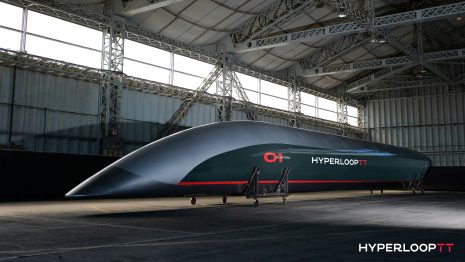
The Long-Distance Challenge: A Comparative Analysis of Electric SUVs
In a groundbreaking test of endurance and efficiency, five leading electric SUVs – Tesla Model Y Performance, Ford Mustang Mach E GT, Kia EV6 GT-line, Škoda Enyaq Coupé RS, and Polestar 2 Long Range Dual Motor – were put to the ultimate test. The objective? To determine their real-world range on a single battery charge by driving them until complete depletion.
The course chosen for this challenge was one featuring flat terrain, devoid of any inclines, which provided an ideal setting for assessing the vehicles’ performance under consistent conditions. Speeds ranged between 70 and 120 km/h, with an average maintained at 100 km/h. This set-up was critical in ensuring that the results reflected the vehicles’ capabilities under controlled, real-world driving conditions.
Each vehicle entered the competition under identical conditions:
– Batteries charged to 100% capacity.
– Cabin temperatures uniformly set at 21°C.
– Where possible, vehicles operated in economy mode to maximize efficiency.
– All vehicles maintained a steady speed and kept distance from each other to avoid aerodynamic drafting.
– The external temperature was a mild 18°C.
This challenge was more than just a race; it was a crucial evaluation of the battery endurance and efficiency of each model under similar conditions. Factors like vehicle weight, aerodynamics, tire type, and motor efficiency play significant roles in the outcome. Moreover, although all contestants were SUVs, their performance and characteristics could vary significantly due to different technologies and design approaches adopted by each manufacturer.
The Results:

All except for the Ford Mustang Mach E GT actually showed quite decent results, but none of them are yet suitable for a real long-distance journey.




